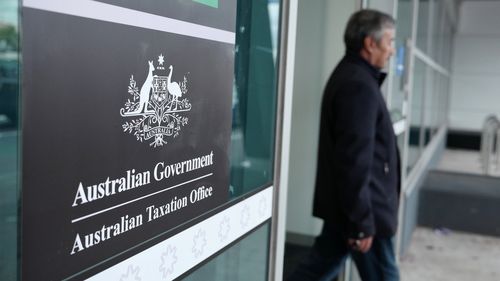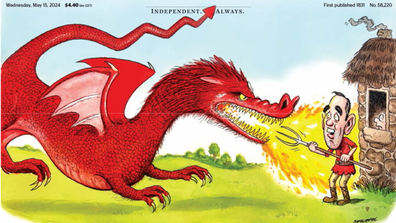‘Hammer about to drop’: Businesses facing collapse as ATO circles

- by Admin
- May 15, 2024

According to insolvency firm Jirsch Sutherland, the tax office is playing a big role in those collapses.
”Since the start of the calendar year we have experienced a noticeable uptick in small business restructuring plans and voluntary administrations to resuscitate or restructure businesses across a wide range of industries,” Jirsch Sutherland partner Andrew Spring said.
“Tax debt is the primary reason but higher operating costs are also pushing businesses to or over the edge.”
“A significant portion of the amount going unpaid is GST collected from consumers or PAYG withholding, withheld from employees’ pay,” ATO Commissioner Rob Heferen said.
“We are seeing an increasing number of businesses fall behind on these types of payments, from which point it is very difficult for businesses to get back on top of their obligations and remain viable.”

The ATO last moved to what it called “firmer debt collection actions” after pulling back to offer businesses financial support during the pandemic.
Spring said that approach has been mirrored by other creditors, too.
“The creditor community is becoming less tolerant to operational behaviours that may have contributed to a business’s financial distress, and the ATO is again at the forefront of this changing creditor position,” he said.
“It’s placing an even higher level of scrutiny on historical compliance when considering a proposal for restructuring.
“Anecdotally, we’re hearing this is also the case with pre-insolvency discussions regarding ATO payment plans.
“As an involuntary creditor, the ATO doesn’t have the option to withdraw credit from a business – nor does it automatically know they’re even in a trading relationship until the liability is self-reported.
“As such, a high importance on reporting compliance is required to allow an effective and efficient tax system.
“During the last few ‘pandemic years’ the ATO appeared to move away from this position, and for those that have become delinquent with their lodgement activity, the hammer is about to drop.”
The Latest News
-
December 23, 2024‘Got some good bants’: Hilarious stump mic warning as Konstas plots secret Bumrah counter
-
December 23, 2024Former AFL player Aaron Shattock fighting for life after excavator accident
-
December 23, 2024Naomi Osaka questions Nike in statement regarding Australian Open outfits
-
December 23, 2024Aussie NFL Wrap-up: How did Jordan Mailata, Tory Taylor, and more perform in Week 16? | Sporting News Australia
-
December 23, 2024Australia Post customer lashes out over ‘scam’ hurting small businesses: ‘So frustrating’



